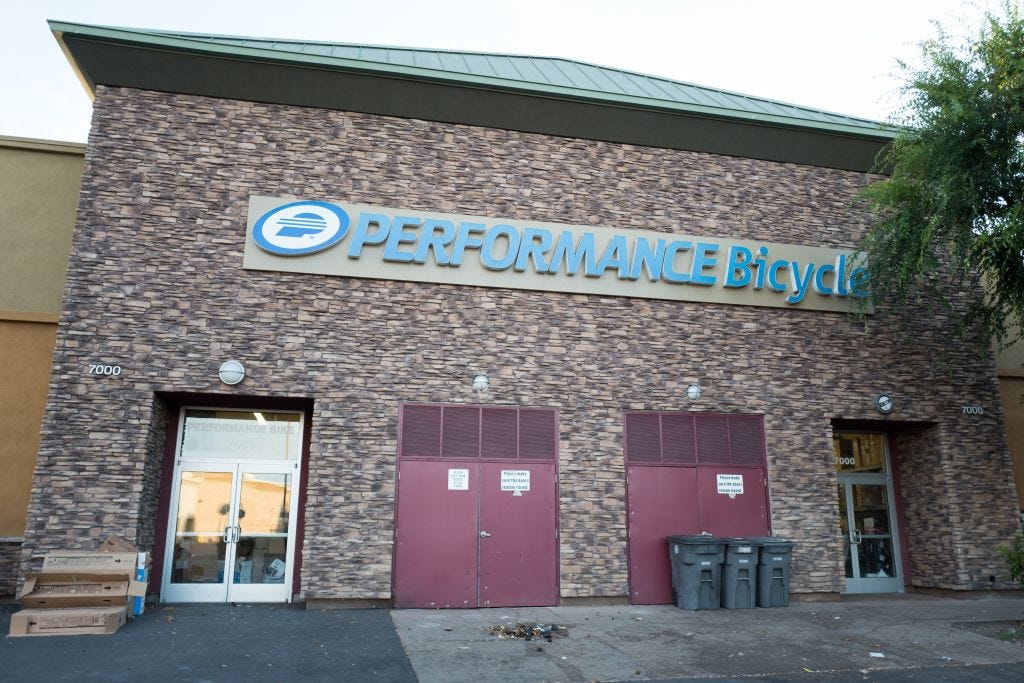Someone--I forget who--told me that you know you're middle-aged when you see all the young people wearing something and you remember the last time it was in fashion.
Another definition I've heard for "middle age" is when young people wear what you wore in your youth and call it "retro" or "vintage".
And I started my gender transition just in time for my middle age!
I found myself thinking about such things when I came across this in an eBay listing:
The fact that they're water bottle cage clips alone earns them the label of "retro" or "vintage": Most new bikes (and a lot of not-so-new ones) have bottle cage mounts brazed on, or otherwise integrated into, the frame; thus, most new cages are designed to be used with them. The few new cages that are made for bikes that don't have built-in mounts are likely to have some sort of mounting system built into them, or come with straps.
When I first became a dedicated cyclist, some four decades ago, few frames--even at the highest quality and price levels--came with water bottle mounts. Gradually, they began to appear on top-tier racing and touring bikes and trickled down to bikes in the lower price ranges. Still, most cages--like the classic Specialites TA and REG models-- came with clamps, even if they were designed to be used with braze-ons.
The Weyless bottle cage, however, was designed to be used with the clips shown. It did not fit on braze-on mounts. Even though it was, even with its clamps, one of the lightest cages available (It claimed to be the lightest), it sank like a stone in the cycling marketplace of the late '70s. That was just about the time high-level racing and touring bikes started to come with braze-ons. Within a few years, that feature would be found on bikes at all price levels.
But there's something else that makes those Weyless bottle clamps "retro." It's a trait shared with another Weyless part:
Yes, they both got that treatment called "drillium". If you look at racing photos from that period, most bikes had drilled-out brake levers; sometimes chainrings and other parts also had holes in them. Sometimes it looked silly, but I rather like the way it was done on the brake cable clip in the above photo: The holes are bigger in the wider part of the clip, near the top, and taper down as the clip narrows toward the mounting screw.
I can remember when Velo Orange and other companies started to offer "drillium" parts about a decade or so ago. I couldn't help but to think back to my early days as a cyclist, when I so wanted one of those racing bikes with drilled-out Campagnolo parts!
Today, almost anyone who buys "drillium" parts or accessories--whether they're vintage or modern-production--is trying to achieve some sort of "retro" look. The same can't be said, however, about everyone who bought something with the Weyless name on it.
How's that?, you ask. Well, the company that made those Weyless bottle cages and clips--as well as some of the lightest seatposts, pedals and hubs ever produced--went out of business some time during the late '70's. Depending on who you believe, its demise was a result of the '70's Bike Boom ending, founder Lester Tabb's shady business dealings or the warranty claims that resulted after it started a line of bike clothing made from wool that wasn't supposed to shrink--and, of course, it did.
I am guessing that the copyright on the name "Weyless" had expired when, during the '90's, Southern California-based mail-order (and, later, online) retailer Supergo used the name for their line of bikes and parts. I never used any of them myself, but from what I've read and heard, they were made in the same factories, and to almost the same specs, as bikes, parts and accessories from better-known brands, at a lower price. And most of the riders who used them seemed satisfied with them.
The funny thing is that most folks who bought Supergo's Weyless stuff had probably never heard of the earlier incarnation of the Weyless brand. That is because most of Supergo's Weyless offerings were for mountain biking, in which most of the riders were (and are) younger than those in road cycling. Most of them weren't even born--or were drinking out of baby bottles rather than Weyless bottles--when the original Weyless parts and accessories were produced!
It's also likely that those young riders didn't know that Supergo, at the time the original Weyless brand was on the market, was known as Bikecology, one of the first large mail-order bike retailers spawned in the '70's Bike Boom!
Hmm...If I'd called this blog "Bikecology", I wonder how many readers would have gotten it. Perhaps I could have had a contest and the first person to identify it would get some original Weyless part. The only problem would have been that I didn't, and don't, have any!
Note: Supergo was bought out by Performance (who else?) in 2003.
























